I thought I’d write this article about the Sony star eater issue that is often discussed. I know there are a lot of Sony gear lovers out there and some people who want to enjoy using these cameras for “low light” captures or astrophotos. The Sony star eater debate has been circulating the internet for some time now and I wanted to present my finding regarding this.
I’ve been doing Astrophotography with my Sony A7II for over a year now, and I’ve really been impressed with this camera. But, I got word of the Sony star eater issue shortly after I got the camera. As someone who wanted to photograph stars with it, I was a bit concerned about this issue of the dreaded Sony star eater. It seemed to be an “issue” with internet forums and there were all sorts of user groups blown up on the internet about it, and read how Sony forces noise reduction algorithm even when its turned “off”, and that the algorithm ate stars from the frames. I continued to use my camera, thinking, “hmmm could or should this be better?” and had an “upgrade” in mind, or wishing Sony would mention that this issue would be fixed through some firmware upgrade or something, or that there was no concern. The issue was apparently present in the instances of a single frame at almost the pixel level with the examples I saw online. But you really really had to drill down to see it. I didn’t see this affecting anything on the Sony A7II camera with the latest firmware update.
For this camera, I feel I can finally put this issue to bed and would like to spread the word that this issue is really not an issue for the Sony A7II. The reason I arrived at this conclusion is because through a rare instance and circumstance, I was able to compare an image I captured with my Sony A7II to someone else’s, a friend of mine, using his Pentax K1, using nearly the same optical equipment, on the same night with the same atmospheric conditions. When looking at these images side by side, I cannot see any Sony star eater anywhere, even if you zoom in and look for it in the tiniest of stars.
This object is a crop of the rosette nebula near Orion, and lots of astrophotographers really like imaging this object. It’s a pretty “Star Nursery” about 5000 light years away.
Here are the stats of this interesting side by side.
Image 1
Pentax K1 (36MP w/ Orion EQ 6 and 10” F3.9 newt, Baader coma corrector, 2 hours w/ 3-minute subs at ISO 1600). Processed with Deep Sky Stacker (DSS) and Pixinsight
Image 2
Sony a7ii (24MP w CGX and 10” 3.9 GSO newt, GSO coma corrector, 2 hours w/ 3 minute subs at ISO 1000). Processed entirely in Photoshop (stacked aligned and adjusted).
It actually turns out, I was told that the Sony captured the colors “more correctly” because the region in the sky is OIII and should actually look more blueish instead of reddish.
I hope you enjoyed this comparison, and if you are worried about Astrophotography with a Sony A7II, I believe there is little if nothing to worry about as far as stars disappearing.
Mirko

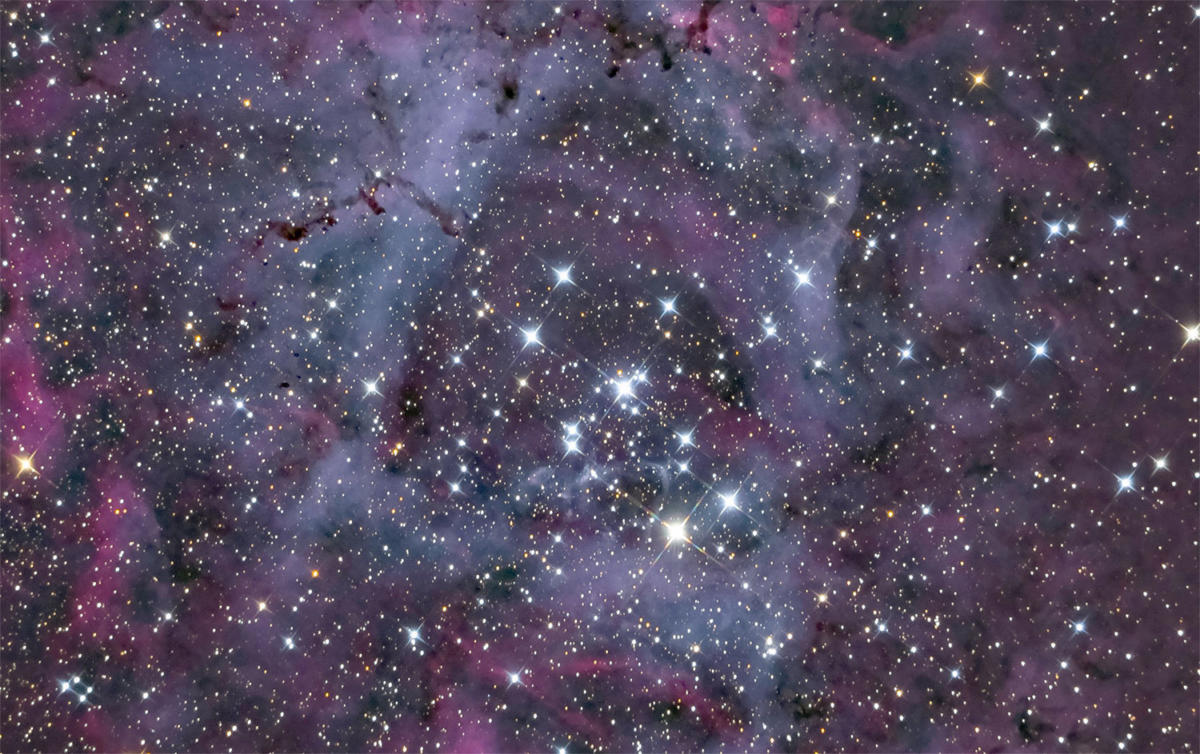
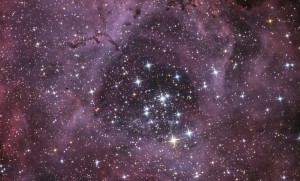
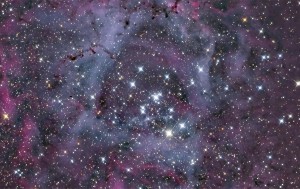
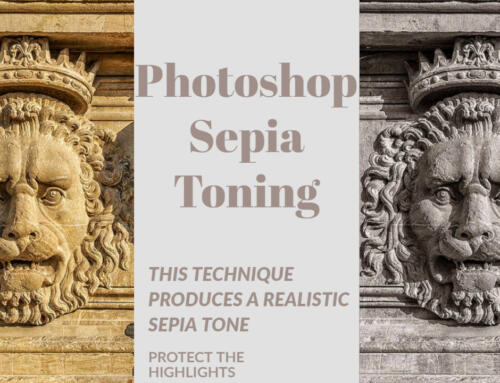
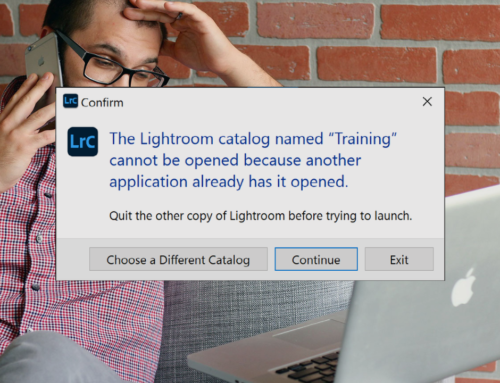
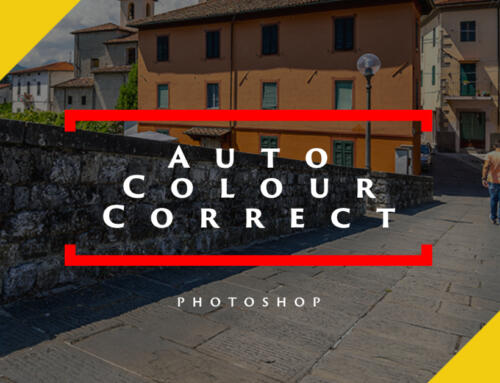

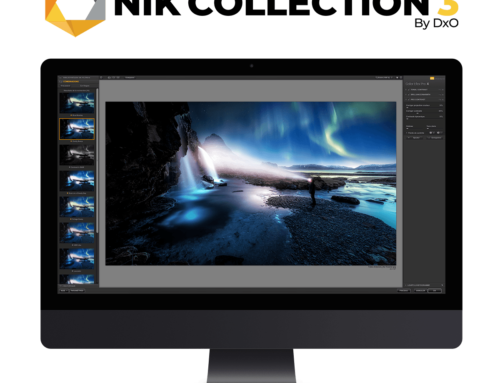
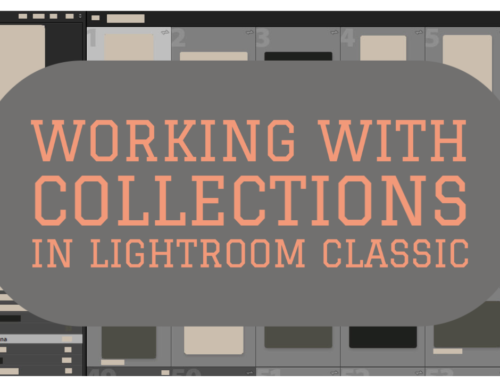
I was surprised by how different these photos are.
The Pentax one looks better to me. I am not knowledgeable about what the correct color is supposed to be.
Also, thanks for posting this, its good to see results from someone who is stacking frames with DDS like I do, as opposed to taking one frame, processing it in photoshop and declaring that they prefer star eater, and that everyone who complains is being pedantic.
Unless your going to compare both straight out of the camera, or you compare both stacked with the same algorithms in the same software. Once you start using different software it doesn’t matter which one looks better, the comparison is invalid. Also as far as the colours go the central region does contain HA as well, and if the K1 happens to be more sensitive to HA, that would change it’s output. Also being more sensitive to HA would be a HUGE plus towards the Pentax K1. I have no way of testing if that’s the case but would be interested to see a better comparison. Maybe image a HA object like Horsehead Nebula or California Nebula and then compare.
I appreciate your comment. But the Seeing which one was “better” really wasn’t the point. The point really was 1)check out two different cameras using the same rig (by two different ppl which includes different processing.) and 2) star eater. Does Sony version have less stars? This writeup was not intended to state which was better. I use both cameras.
Both cameras use Sony sensors. However, your comparison used different ISO values 1000, vs 1600 for the K1. The difference in ISO does matter in terms of dynamic range and especially star color. For both cameras the ISO curves are nearly identical, and you gave the a7II a full stop advantage.
I appreciate your comment. But the main point was to show two results using optical trains that were nearly the same. Different DSLR cameras. Processing is similar somewhat but different after DSS (that’s where the color difference is). The other point, is that; are there any less stars with the Sony than the Pentax? That’s all really. Tracking between the two rigs are also different.
Jesus, I didn’t know astrophotography was such a high and mighty hobby. Everyone always wants to give their 2 cents on issues that weren’t even of concern.